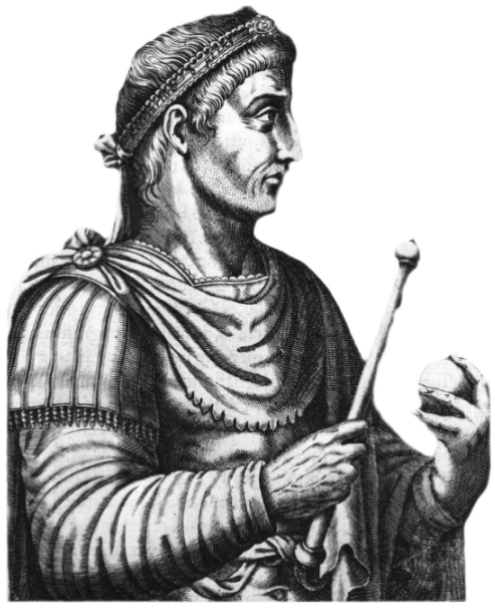
While Emperor Constantine (280-337) is often praised for granting Christians freedom of worship and expanding their privileges, his story fills a dark spot in the history of Christianity
The church buildings began with him. The story is astonishing. By the time Constantine appeared on the scene, the atmosphere was ripe for Christians to escape their despised minority status. The temptation to be accepted was too great to resist, and Constantine’s influence began in earnest.
In 312 AD, Constantine became emperor of the Western Empire. In 324, he became emperor of the entire Roman Empire. Shortly thereafter, he began ordering the construction of church buildings. He did so to promote the popularity and acceptance of Christianity.
If Christians had their own sacred buildings—as Jews and pagans did—their faith would be considered legitimate. It is important to understand Constantine’s mindset—because it explains why he was so enthusiastic about establishing church buildings.
Constantine’s thinking was dominated by superstition and pagan magic. Even after he became emperor, he allowed the old pagan institutions to remain as they were. After his conversion to Christianity, Constantine never abandoned sun worship. He kept the sun on his coins. And he erected a statue of the sun god bearing his own image in the forum of Constantinople (his new capital).







